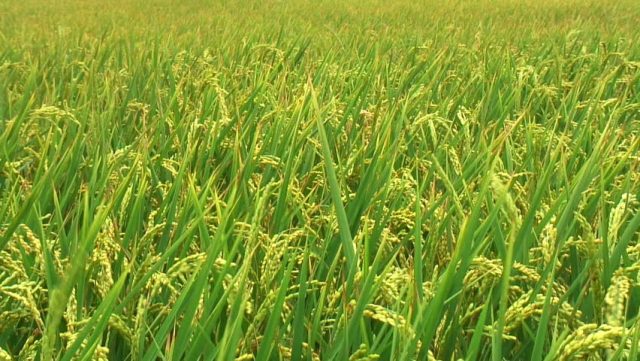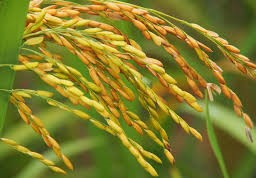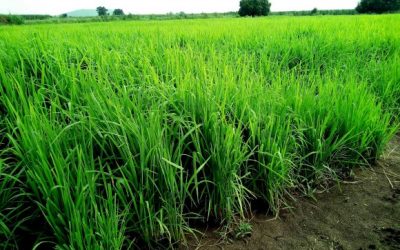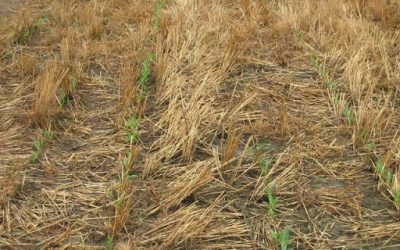Controlling weeds in Rice at all stages of growth

Weeds are one of the major biological threats to higher rice productivity worldwide. Many cultural, biological, physical and chemical practices affect the composition and intensity of weeds in rice fields. Though generally, weeds can be controlled through herbicide. But, chemical weed control is not a sustainable option in a long run.
Different agronomic practices like, the use of tolerant cultivars, adjusting sowing time, tillage permutations and plant geometry can reduce the weed pressure in rice. Integrated approaches for weed management, emphasizing on the combination of management practices and scientific knowledge, may also reduce the economic costs and improve weed control owing to the complexity of the weed community.
During land preparation:
Control of weeds during land preparation is important to reduce the amount of weed pressure in the field. Land preparation should begin 3−4 weeks before planting. Ploughing destroys weeds and remaining stubble from the previous crop. Weeds should be allowed to grow before the next cultivation. Also, a level field helps retain a constant water level that controls weeds.
For wet seeded rice
Plow and harrow various times before planting. Depending on weed population, three or more operations may be done. Allow weeds to emerge for at least 2 weeks then kill by another shallow tillage. It reduces the number of weed seeds in the soil, and greatly reduces weeds for the subsequent crop.
For dry seeded rice
Allow weeds to emerge within 1−2 weeks, and then kill them with either a non-selective herbicide or by light cultivation. Spray herbicides, and perform manual and/or mechanical weeding.
Controlling weeds in the nursery:
Prepare land two weeks before seeding. While using soil mix for nursery beds, you must make sure the soil is clean and free of weed seeds.
If there are weed seedlings in the nursery bed, then separate them from rice seedlings during pulling and bundling to avoid planting weeds. Apply pre-emergence herbicide 2−3 DAS.
Weed management mainfield:
Use rotary weeder from 15 DAT at 10 days interval. It will save labour for weeding, aerates the soil and root zone, prolongs the root activity, and will also improve the grain filling by efficient translocation and ultimately the grain yield.
Cultural practices such as dual cropping of rice-azolla, and rice-green manure reduces the weed infestation to a greater extent.
Summer ploughing and cultivation of irrigated dry crops in post-rainy periods will reduce the weed infestation.


